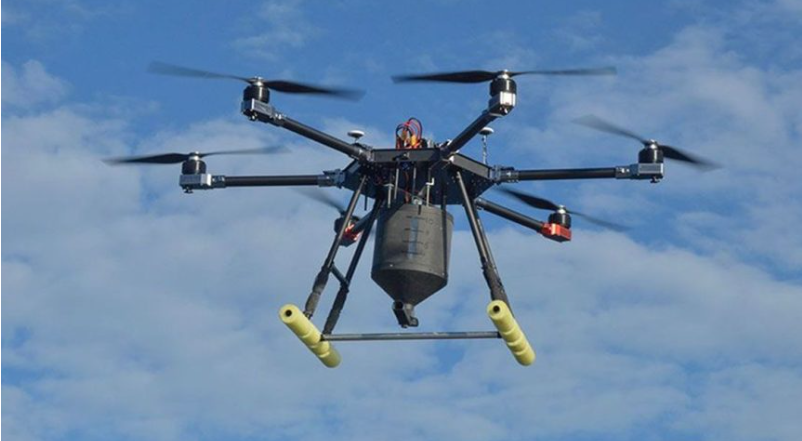Advancements in Aerial Seeding for Reforestation
Reforestation helps restore forests, combat climate change, and support biodiversity. However, manually planting trees is slow, costly, and difficult in rough terrains. Aerial seeding is an innovative technique that uses technology to plant trees efficiently across large areas. With drones, advanced seed coatings, and AI-driven planning, aerial seeding is making reforestation faster, more effective, and more sustainable.
Evolution
of Aerial Seeding
Aerial
seeding has been used for decades, originally relying on aircraft to scatter
seeds over large landscapes. However, early methods had drawbacks like poor
seed survival, uneven distribution, and losses due to environmental factors.
Recent advancements address these issues, leading to better seed germination
and improved reforestation success. The shift from aircraft to drones has
further refined the process, allowing for more precise and adaptable planting
methods.
Drone
Technology in Aerial Seeding
Drones
are revolutionizing aerial seeding by offering precision, flexibility, and
accessibility. Unlike traditional aircraft, drones can access challenging
locations such as steep mountains, wildfire-affected zones, and remote
deforested areas. Equipped with GPS, AI-powered mapping, and LiDAR sensors,
drones assess soil conditions, moisture levels, and terrain before releasing
seeds in the best locations. This improves seed placement and increases the
chances of tree growth, making the process more efficient and effective.
Seed
Encapsulation and Biodegradable Pods
A
key advancement in aerial seeding is seed encapsulation, where seeds are
enclosed in biodegradable pods that protect them from harsh conditions, pests,
and soil erosion. These pods contain nutrients, moisture-retaining materials,
and natural fertilizers that enhance early-stage growth. This method ensures
that seeds stay viable until they reach ideal growing conditions, improving
germination rates. Encapsulation minimizes seed loss and maximizes the success
of aerial seeding initiatives.
AI
and Data-Driven Precision Planting
Artificial
intelligence plays a vital role in refining aerial seeding techniques.
AI-powered drones analyze environmental data to select the most suitable tree
species for a specific area, considering climate, soil health, and ecosystem
requirements. Machine learning helps improve seed dispersal patterns, ensuring
uniform coverage and reducing seed wastage. This data-driven approach tailors
reforestation efforts to local conditions, increasing the long-term
sustainability and impact of aerial seeding projects.
Environmental
and Economic Benefits
Aerial
seeding provides multiple benefits. It speeds up reforestation, reduces labor
costs, and allows tree planting in inaccessible areas. Large-scale seeding
operations can restore forests in a fraction of the time required by manual
planting. By efficiently using resources, aerial seeding is a cost-effective
solution for governments, conservation groups, and private organizations.
Additionally, widespread tree planting helps absorb carbon dioxide, mitigating
climate change while restoring habitats and promoting biodiversity.
Challenges
and Future Prospects
Despite
its advantages, aerial seeding still faces challenges. Seeds may be eaten by
wildlife, struggle against invasive species, or fail to establish in poor soil
conditions. Ongoing research focuses on selecting resilient seeds, improving
soil preparation techniques, and developing better monitoring systems to track
seedling growth. Future advancements in drone automation, genetically enhanced
tree species, and AI-driven ecosystem management will further boost the
effectiveness of aerial seeding. With continued investment and innovation,
aerial seeding has the potential to restore millions of hectares of deforested
land and rejuvenate ecosystems worldwide.
Conclusion
Aerial
seeding is transforming reforestation by merging technology with ecological
restoration. As advancements continue, this approach can restore vast forested
areas, mitigate climate change, and support biodiversity. With ongoing research
and collaboration among governments, scientists, and environmental
organizations, aerial seeding is set to become a crucial tool in the global
fight against deforestation and environmental degradation.
.png)






Leave a Comment
Your email address will not be published. Required fields are marked *